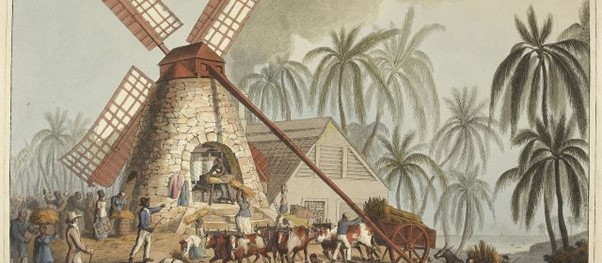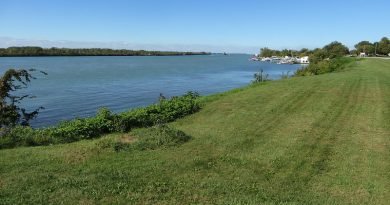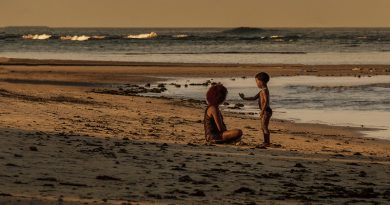A Short History of Slavery and Sugar Cane in Jamaica
History Facts
When: Sugar and slavery both introduced by Spaniards in the 16th century, abolished in 19th century
Key Facts: Mass battle of freedom from the Cameroons & other African slaves
History today: Sugar is still the biggest export in Jamaica
Early Jamaica
Jamaica has a vivid and painful history, marred since European settlement by an undercurrent of violence and tyranny. Jamaica was founded around 700AD by the peaceful Arawak Indians, who had migrated from South America. They named the island Xaymaca and left legacies such as bammy (cassava bread), barbecue meat (jerk cooking) and the words ‘hurricane, hammock, tobacco and canoe, essentials facets of Caribbean life.
Christopher Columbus first explored Jamaica in 1494 when it was inhabited by the Arawak Indians, and named it St Iago.
Sugar and Slaves
Spanish settlers arrived in 1510, raising cattle and pigs, and introducing two things that would profoundly shape the island’s future: sugar and slaves. By the end of the 16th century, the Arawak population had been entirely wiped out, suffering from hard labour, ill-treatment and European diseases to which they had no resistance. The Spanish were the first to import African slaves to work on tobacco and, later, sugar plantations. Unable to find gold and other precious metals on Jamaica, the Spanish saw little use for the island and hardly resisted the invasion of British soldiers in 1655.
Pirates
With the English came a period of sprawling and prosperous sugarcane plantations and piracy. Slaves were imported from Africa to work the plantations of wealthy Englishmen, many of whom lived in England lavishly spending their Jamaican profits. Investment and further settlement hastened as profits began to accrue from cocoa, coffee and sugarcane production. But with Britain constantly at war with France or Spain, effective control of the island was entrusted to buccaneers, a motley band of seafaring miscreant, political refugees and escaped criminals. The city of Port Royal, across the harbour from Kingston, became a haven for pirates, until the devastating 1692 earthquake, when most of the city sank and a new capital, Kingston was founded.
Although the pirates had their day, the English continued to prosper from Jamaica’s agriculture. Slave rebellions didn’t make life any easier for the English, as the Maroons, escaped slaves, engaged in ambush-style campaigns and constantly fought the British.
Life of the Slaves
New slaves from Africa, mainly Fante, Ashanti, Coromantee Ibo and Yoruba people were continual imprisoned and shipped over from Africa, then put to work on sugar plantations in appalling conditions. The slaves would have to be up at 4 o’clock and work in the fields until sunset. A worker would yield up to 6 tonnes of raw crop a day. Slaves were burnt, strangled and otherwise tortured to terrorise them into obedience.
Slave revolts punctuated the 18th and 19th centuries, and freedom was finally granted in 1838. A drop in sugar prices eventually led to a depression that resulted in an uprising in 1865. The following year, Jamaica became Crown Colony, and conditions improved considerably. Introduction of bananas crops reduced dependence on sugar.
Post Slavery
Independence from Britain was granted in 1962. The government became a democracy, with a Prime Minister and a cabinet serving at the head. Since then, Jamaica has had its economic and political ups and downs, the most noted of which occurred in the 1970s, when Prime Minister Michael Manley‘s leftist statements and affiliations with Cuba led to other nations to fear the country would become Communist.
Today, the island economy relies mostly on agriculture and tourism industries. The sugar industry is the oldest continually operating industry in Jamaica, generating the third largest foreign exchange (after tourism and bauxite, not counting illegal exports).
Sugar is actually the largest employer of labour, directly employing more than 50,000 workers with a bright future. The processing of sugarcane is one of the vital industries of the country to the extent that small pieces of cane are often found in household refrigerators for chewing.
More information:
main image: Image taken from Ten Views in the Island of Antigua, in which are represented the process of sugar making, and the employment of the negroes…From drawings made by W. Clark, etc. (With descriptive letterpress). Originally published/produced in London : Thomas Clay, 1823. Held and digitised by the British Library, and uploaded to Flickr Commons



